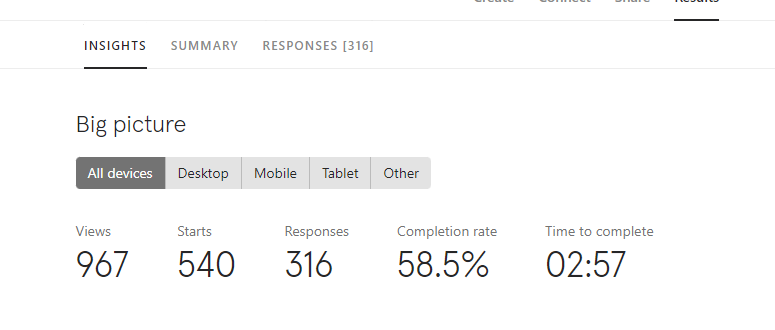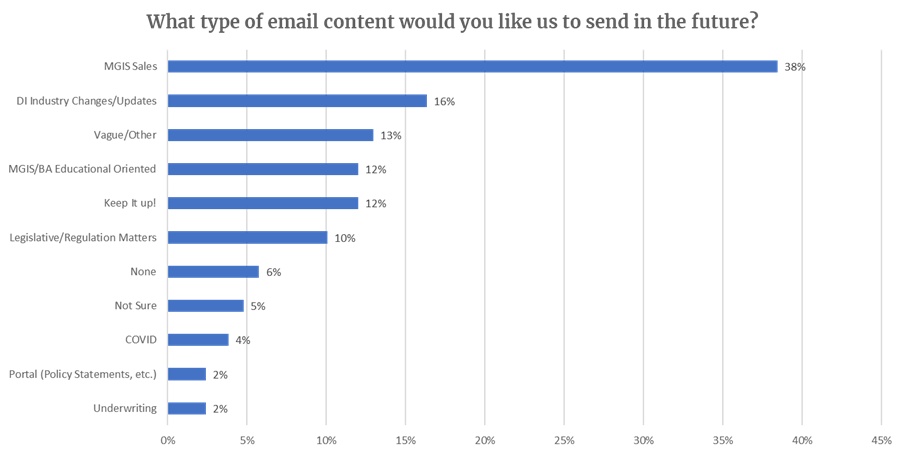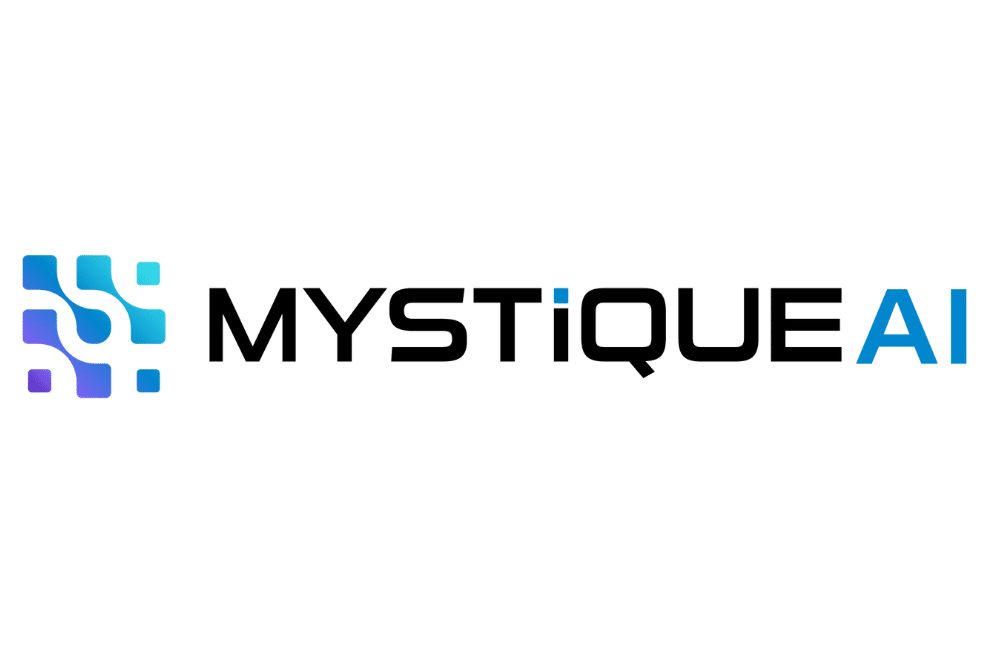Create an Organic Content Strategy for Your Insurance Brokerage
James Crook

MasterClass is an EdTech unicorn valued at 2.75 billion. They offer a robust collection of courses taught by celebrity instructors. But what has made MasterClass successful is more than their stock of celebrities. Their organic content strategy is how new customers continue to find them online.
According to Foundation, MasterClass spent $6.5 million on ads in 2019, yet 75% of MasterClass’s website traffic originated from search engines!
The great news is that software-as-a-service (SAAS) unicorns aren’t the only companies that can take advantage of a great content strategy. Content can make a big difference for your insurance brokerage too. By creating and distributing high-quality content, you can play the long game with prospects until they are comfortable enough to take advantage of everything you offer. Below, we discuss the three phases of a successful content strategy:
Research
Research is the first phase of a content strategy and is crucial to its success. Research involves understanding your target audience’s needs, preferences, and behaviors. It includes identifying the types of content they engage with and the platforms they frequent.
Here are some practical ways you can begin researching what content to produce:
- Survey your existing clients about their interests. If you have an email list, invite your subscribers to fill you in on what information they want to receive from you.
For example, at MGIS, we conducted a survey like the one we suggest. It received 316 responses:

From those 316 responses, we were able to perform a detailed analysis to discover what types of content our audience wanted to see from us in the future. That analysis is partly responsible for this article.

Here are some other research methods you could employ:
- Read up on the latest trends in insurance. What topics are generating a lot of discussion amongst your audience online?
- Monitoring related conversations and topics on social media platforms, including Twitter and LinkedIn.
- Look up what your competitors are doing in terms of content marketing. What pieces seem to generate the most buzz?
Creation
The second phase of the strategy is creating content based on the insights gained from the research phase. This includes deciding on the type of content that will best convey your message and engage your audience.
It could be blog posts, social media updates, videos, podcasts, infographics, ebooks, etc. The creation phase also involves planning and producing the content, ensuring it is high-quality, valuable, and aligns with your brand’s voice and style.
It’s also important to optimize the content for search engines (if relevant) and include a strong call to action.
Your content should be:
- Actionable
- Relatable
- Visually stimulating (use images, graphics, and illustrations)
- Divided into clear sections so your readers can skim
Distribution
Once the content is created, it must be distributed to reach your target audience. This involves deciding on the right channels to distribute your content, such as your website, social media platforms, email newsletters, guest blogs, etc.
Most email open rates average around 20%. Your audience isn’t always online. You need to spread your message everywhere your audience is most likely to be. You need to get comfortable with promoting your content to increase its reach.
When promoting your content, it’s crucial to optimize your work for each platform you share it on to ensure it performs well. For instance, a LinkedIn post may need to be structured differently than an Instagram post. Look for ways to recycle the content into other formats. This will help you get more mileage out of your work and increase the chances of it being seen by your target audience.
Remember that a great content strategy is iterative. You should constantly be measuring the performance of your content, learning from it, and refining your strategy based on those learnings. It’s also important to be flexible and adapt to changes in audience behavior, platform algorithms, and industry trends.


